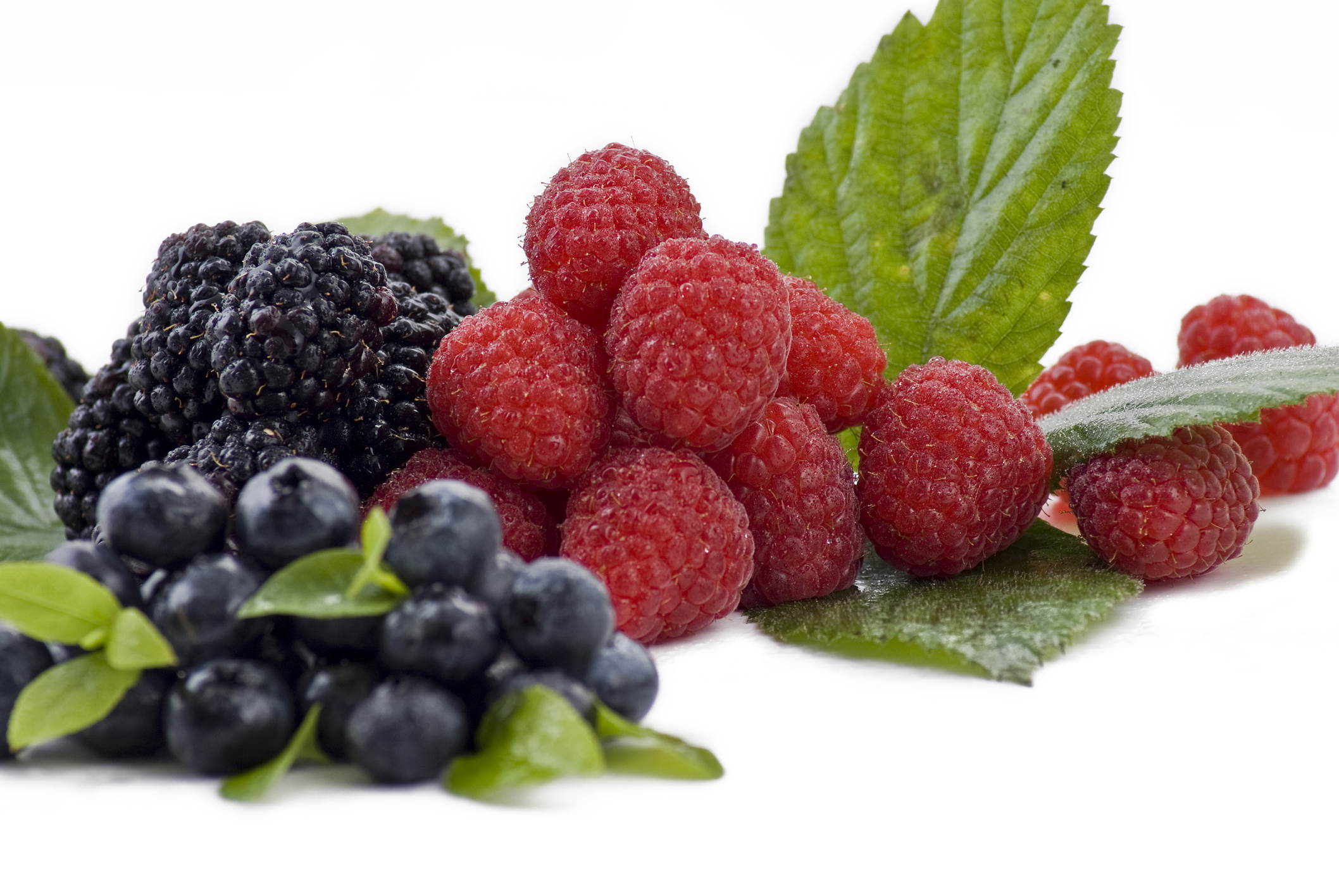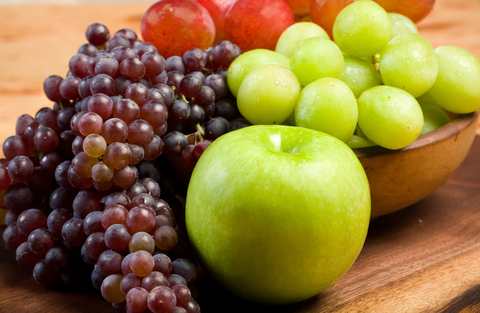 Have you heard? Kate Middleton, the Duchess of Cambridge, announced last summer that she was eating a raw-food diet at least one day a week. Her motivation? To achieve radiant skin.[i]
Have you heard? Kate Middleton, the Duchess of Cambridge, announced last summer that she was eating a raw-food diet at least one day a week. Her motivation? To achieve radiant skin.[i]
Even if you’re not a fan (or follower) of the Royal Family, this news is worth noting. Not about Kate Middleton – the fact that raw foods are phenomenal for your skin! Because they’re not cooked, they retain all of their vitamin and antioxidant powers. Plus, raw foods are among the best for helping your body to detoxify, which allows your clearest complexion to shine through.
The best part is you don’t have to go all raw to achieve benefits. You could try it Kate Middleton style, i.e at least one day a week, or simply try to incorporate some of the following raw foods into your meals every day.
10. Dark Leafy Greens
Spinach, kale, Swiss chard and collards are filled with antioxidants, vitamins, minerals and fiber. One such antioxidant is lutein, which is beneficial for your skin and may even help prevent wrinkles.[ii] If you don’t care for the flavor of kale, try adding it to your vegetable juice. Juicing dark leafy greens will help you fight inflammation and promote detoxification (of your skin and entire body).
Walnuts contain B vitamins, including vitamin B1, which is helpful for circulation. Vitamin E, an antioxidant, may help protect your skin cells from damage and premature aging. Vitamin E protects against UV-induced damage and helps protect cell membranes.
Plus, walnuts contain omega-3 fats, which may help your skin hold in moisture by strengthening skin cell membranes. Here’s a hint … when eating walnuts, be sure to eat the skin too (the whitish, flaky or waxy outer layer of the shelled nut) – about 90 percent of the antioxidant phenols are contained there.[iii]
8. Cabbage
Cabbage is rich in sulfur, which is sometimes referred to as the “beauty mineral” because it’s found in high quantities in your skin, hair and nails. Sulfur is necessary to produce keratin, which are fibrous structural proteins essential for healthy skin. Creating a healthy coleslaw is an excellent way to eat more raw cabbage, but you can also add it to your vegetable juice.
7. Beets
Beets are rich in a unique combination of anti-inflammatory compounds and antioxidants. They’re known for helping your body to detoxify (they’re especially supportive of phase 2 detoxification) while also promoting skin rejuvenation.
One cup of bell pepper contains 157 percent of the recommended daily value for vitamin C,[iv] which is a superstar for skin health (and as a bonus, they also contain carotenoids). Vitamin C is found in high levels in both the dermis and epidermis layers of your skin.
Its antioxidant activity protects your skin against UV-induced damage caused by free radicals, and it also plays a role in increasing collagen protein synthesis to help repair damaged skin.
Vitamin C also stimulates DNA repair and research has shown that higher intakes of dietary vitamin C are associated with better skin appearance and notable decreases in skin wrinkling.[v]
5. Kiwi
Kiwi is also rich in vitamin C for healthy collagen production and, if you eat the skin, rich in fiber for healthy digestion (good digestion is essential for glowing skin). Is it really true that you can eat the skin? Absolutely, according to California Kiwifruit:[vi]
“The kiwifruit skin is completely edible and makes this nutrient-dense fruit even more nutritious! A recent study shows that eating the skin triples the fiber intake compared to merely eating the flesh. And by not peeling the skin, you preserve much of the vitamin C content as well.”
And here’s another hint … if you choose kiwi grown in California, it should be relatively free of chemicals, even if it’s not labeled organic: “Most of California’s kiwifruit is, for all intents and purposes, organically grown, with no chemicals sprayed directly on the fruit under normal growing conditions.”[vii]
Apples are another phenomenal source of antioxidants (including vitamin C) and fiber. Apples also contain copper, a mineral that helps your body make melanin, which is a pigment that helps protect your skin from sun damage.[viii]
To get the most benefits, you’ll need to eat the skin (where much of the antioxidants and fiber are contained). It’s a good idea to choose organic apples, as they’re one of the most heavily pesticide-contaminated fruits.[ix]
3. Almonds
Almonds are a good source of biotin, a B vitamin needed for healthy skin. Biotin helps your body produce new skin cells, and dry scaly skin is actually a symptom of biotin deficiency. Almonds also contain a healthy amount of antioxidant vitamin E and manganese, which is essential for collagen formation. To get the full benefits, especially the biotin, it’s best to eat the almonds raw. As noted by the University of Maryland Medical Center:[x]
“Food-processing techniques can destroy biotin. Less-processed versions of the foods … contain more biotin.”
2. Broccoli
Broccoli contains sulforaphane, which is known for helping to repair skin damage. It’s also about 89 percent water,[xi] and staying hydrated is always good for a glowing complexion.
 1. Blackberries and Raspberries
1. Blackberries and Raspberries
These berries are good sources of zinc, which helps with skin repairs and renewal. They’re loaded with skin-boosting vitamin C and other antioxidants, plus blackberries have a high tannin content that helps tighten tissue, which, as the Huffington Post put it, “is a great non-surgical procedure to make skin look younger.”[xii]
Want to STOP Joint Pain and Achieve GORGEOUS Skin? Try Type II Collagen in Super Joint Support. It happens to be excellent for great skin — and that’s only the beginning … Learn More Now
.
[ii] American Journal of Lifestyle Medicine September/October 2009 vol. 3 no. 5 349-352
[iii] World’s Healthiest Foods, Walnuts
[iv] World’s Healthiest Foods, Bell Peppers
[v] Linus Pauling Institute Vitamin C
[ix] Environmental Working Group April 22, 2013
[x] University of Maryland Medical Center, Biotin




